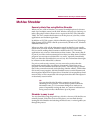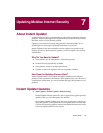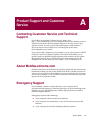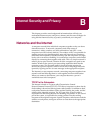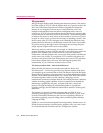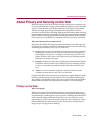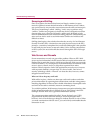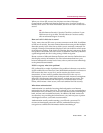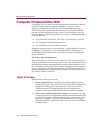
Product Guide 99
B
Internet Security and Privacy
This chapter provides some background information that will help you
understand Internet security and privacy threats, and discusses strategies for
using McAfee Internet Security to protect yourself and your computer.
Networks and the Internet
A computer network links individual computers together so they can share
data and resources. To network, computers need some means of
connection—either a modem or a Network Interface Card (NIC—some
computers have NICs already built-in). The modem or NIC is responsible for
sending and receiving data through the network. Networks are sometimes
called local area networks (LAN) because they link the computers at a single
locale, such as an office or building. In a small office, computers can be linked
directly by connecting them together with cable. This very simple network is
called a peer-to-peer network, wherein all of the computers are equal to one
another. Windows has peer-to-peer networking capabilities built into the
operating system. The increased traffic in larger networks requires the
services of a special computer, called a server. Servers help larger networks
operate by figuring out how to route messages to the appropriate recipient.
The Internet is a vast computer network, connecting computers together from
around world and allowing them to work together and share information.
When you connect to the Internet, your computer becomes a part of a
worldwide network of computers.
TCP/IP Is the Subsystem
The Internet is based on a system called Transmission Control
Protocol/Internet Protocol (TCP/IP). TCP allows computers to share data by
first breaking it down into little segments called packets. In addition to data,
each packet contains the address of the machine sending the packet, and the
address of the intended recipient. The TCP part of the system is what is
responsible for addressing the data and breaking into packets. IP, the second
part of the system, is responsible for routing packets from the sending
computer to the recipient computer. Special computers called routers read the
address on each packet, and figure out how to route them to the appropriate
destination.



